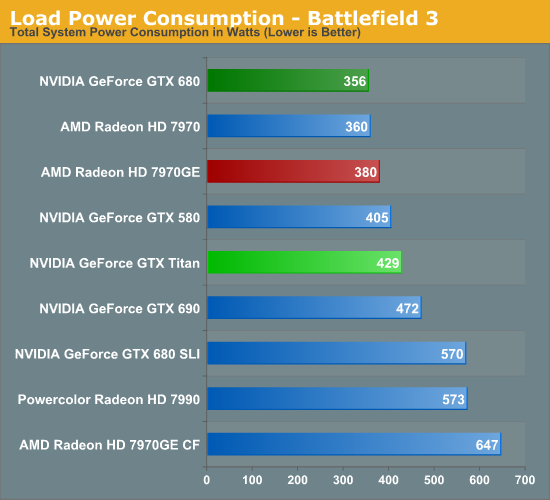I'm sorry, but first you say that "A power limit would make it easier to use in small cases" and then you say if it was only power limited it might be over 100 degrees in a small case??
Yes, if you made a power limit such that a card is useable in a small case, then it obviously limits the potential in a larger case.
A temperature limit doesn't make it easier to put in a larger or smaller case. Regardless of what case you put it in the GPU will be kept within safe operating temperature limits.
I guess if you mean by making it easier to put in a small case to mean that it then won't impact the performance in a larger case, then OK, I could go with that. But it wasn't how I was interpreting you saying "easier." As just the statement alone of being easier is nonsense.
So again, upping the thermal limit wouldn't be a good idea anyway. The whole point is keeping the GPU within safe operating temperatures. Power limit alone couldn't do this, as shown by the large case versus small case situation. Upping the thermal limit isn't an option as it puts the GPU into what Nvidia considers unsafe thermal conditions for the GPU.
So again, I understand the goal of this. Give users the most performance while keeping the GPU within safe operating conditions. In the past if you wanted to target small SFF's that would mean conservative power and clock limits so that the
thermal load doesn't exceed safe margins. So now with Boost 2.0 what they are doing is setting an upper bound for that thermal load and letting the other stuff adjust to it. Again raising that thermal limit means taking the chip out of the thermal safety margin that Nvidia have determined for the GPU.
But you still have the same irresponsible situation where performance at the start of a game is non-representative of the performance the card will deliver while playing the game. Hence, if tech sites don't report on this users will be misled into what to expect from their 1000 USD card.
If all or even most tech sites took this into consideration I'd have less of a beef with Boost 2.0. But even then I wouldn't like it as I prefer predictable performance to highly variable performance. I rarely run air conditioning in my place of residence during the hot summers (up to 100 degrees F), and use as little heat as possible during the cold winters (down to negative 10 degrees F). So temps I regularly have in my place of residence vary from about 90 degrees F (at which point I turn on Air Con) to about 68 degrees F (at which point I turn on heating). Therefore anything using Boost 2.0 would be a horrible experience for me with high performance during the winter and low performance during the summer. Versus a traditional card where my performance is the same regardless of what season it is with the only difference being that it is louder during the summer than during the winter.
Regards,
SB



